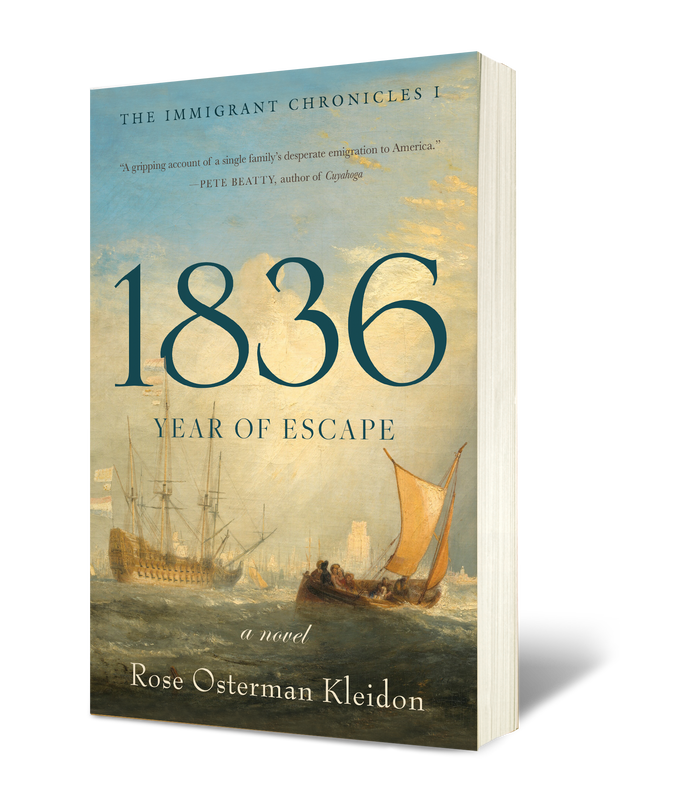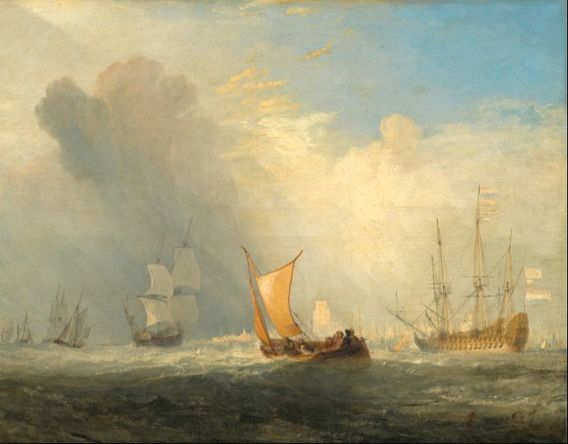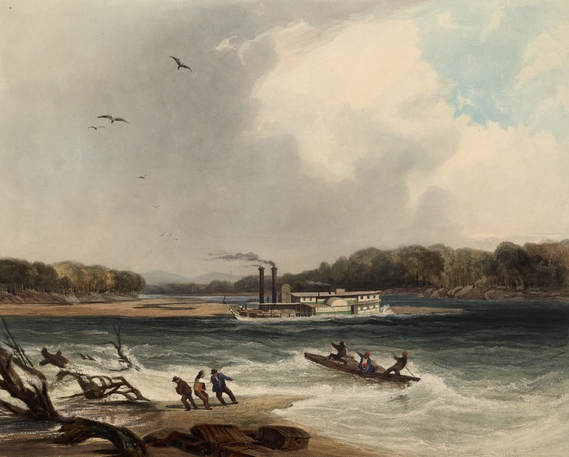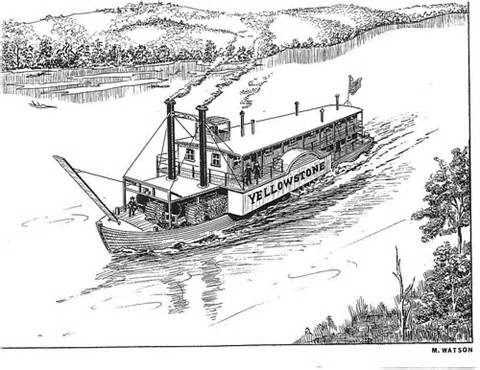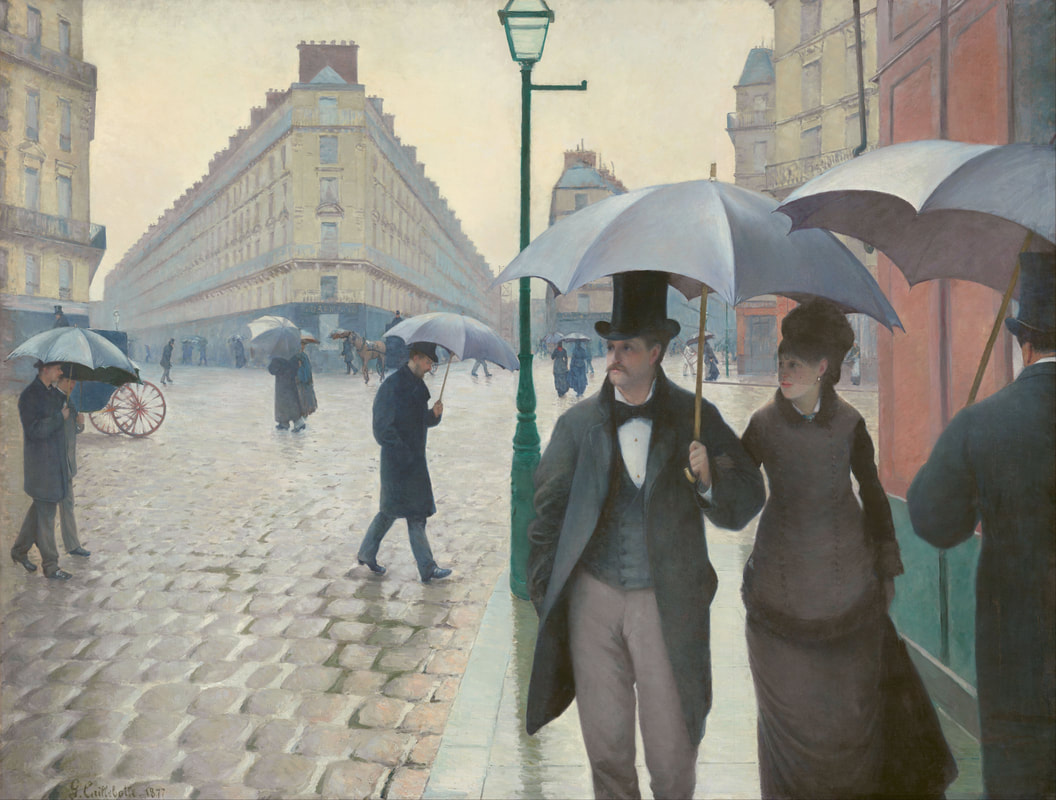When a veteran of Napoleon’s cavalry is targeted by Prussia’s secret police in 1836, he must face his own demons, evade the authorities and take his family across the ocean to carve out a new life on the untamed edge of America.
1836: Year of Escape is Book I of a series, The Immigrant Chronicles. It illuminates intricate family relationships amid the upheavals of tyranny, war, and slavery with intriguing glimpses of 19th Century Germany, Holland, Gibraltar, Cuba, and a newly independent Republic of Texas. In Book 2 of The Immigrant Chronicles, 1837: Among Strangers, the family leaves New Orleans and travels to Chicago. At the time, New Orleans was almost entirely French, Chicago was in its infancy, and northwestern Illinois was the wild edge of the American frontier.
INTRODUCING UNLEASH/ESCAPE, a biweekly newsletter exploring the ideas in 1836:Year of Escape and in Dennis Kleidon's book, Unleash Your Imagination. We never sell or give away emails, and unsubscribing is always available. We are so happy to have you subscribe that we offer a bonus, a fan favorite titled, "25 Ways to Live a Richer Life without Spending a Penny."
|
1836 is on a cusp
Much of historical fiction focuses on favorite eras, like the Ancient Egypt, the Regency, or World War II. In a sense, my era chose me. I had a good story to tell, backed by private family documents, and it lets me tell about a story on the cusp of individual immigration journeys. All journeys were arranged by individuals before the huge immigrant waves from Ireland and Germany began a few years later, about 1840. The trip in 1836 was among the last of its kind. As such, it illuminates important transitions at the dawn of the industrial revolution.
When so many began traveling, things changed rapidly. from agents providing multi-part tickets to trans-Atlantic steamships and transcontinental rail.
The 1836 Series is a real story, albeit fictionalized. It is not time travel or historical fantasy, romance or murder mystery. All of those are fine, but the real thing is amazing enough. As I did research I kept thinking, "You couldn't make this up!" Although the series is fiction, my goal is to make the historical detail as era-accurate as I can.
What Paintings Show Us
Imagine my excitement when I found a spectacular painting done at the right time and place, Rotterdam, the embarkation port for the 1836 voyage. It's The Rotterdam Ferry-Boat, painted in 1833 by famed English artist, J.M.W. Turner. As soon as I saw it, I wrote another scene in Rotterdam in which the family takes the ferry from the inner to outer harbor. Perfect!
The Rotterdam Ferry, J.M.W. Turner, 1833
Book 2, 1837: Among Strangers
The Rotterdam Ferry-Boat put me in search of period paintings for each of The Immigrant Chronicles books. My luck continued with paintings of the Yellow Stone riverboat on the Missouri River. I had already written the Yellow Stone into Book 2 because it was one of the few steam-powered paddle vessels going all the way upriver to St Louis in 1836. That year is early for steamboats; most in New Orleans were built for work in the harbor, for short trips to nearby plantations for cargos of cotton, sugar or rice, or for coastwise travel from east coast cities.
The Yellow Stone was already famous by 1836, having been built in a sturdy, no-nonsense way for the first riverine exploration of the upper Missouri and having fought in Texas for the newborn republic early in 1836. It was the subject of several paintings of the era. Here is Karl Bodmer's The Steamer Yellow-Stone, painted during his journey of discovery with Prince Maximilian of Prussia in 1832-34. It shows the Yellow Stone being hauled off a sandbar. In my book, 1837, the Yellow Stone narrowly escapes being grounded on a sandbar. M. Watson's drawing of the Yellow Stone is wonderfully detailed. Such paintings and drawings were the "photographic" record of the era.
In 1837: Among Strangers, the family faces a long journey up the river, a tough first winter, and breaking the sod on the frontier. The new continent is full of surprises, and the family must make hundreds of decisions and must have the strength of giants. Difficulties and complications come from every direction.
left: The Steamer Yellow-Stone, Karl Bodmer, 1833 and right, Yellowstone, M. Watson
Introducing 1880: All Our Strength
Book 3 of The Immigrant Chronicles is centered around a key date in the family's life in America, the 1880 return trip my great-grandfather and his first wife made to revisit Germany and France. Gustave Caillebotte's Paris Street; Rainy Day was painted in 1877 and now hanging at the Art Institute of Chicago, near the family's American original homestead in Illinois.
Book 3 puts the reader in the right time and place to see Chicago as a boomtown, to watch a wealthy immigrant go home again, and to accompany a new, young immigrant arriving in America in 1880, when it was an entirely different journey. As it happens, the time and place are also right for tragedies, love, and for a surprising second chance.
Paris Street; Rainy Day, Gustave Caillebotte, 1877
Website by Kleidon & Associates
